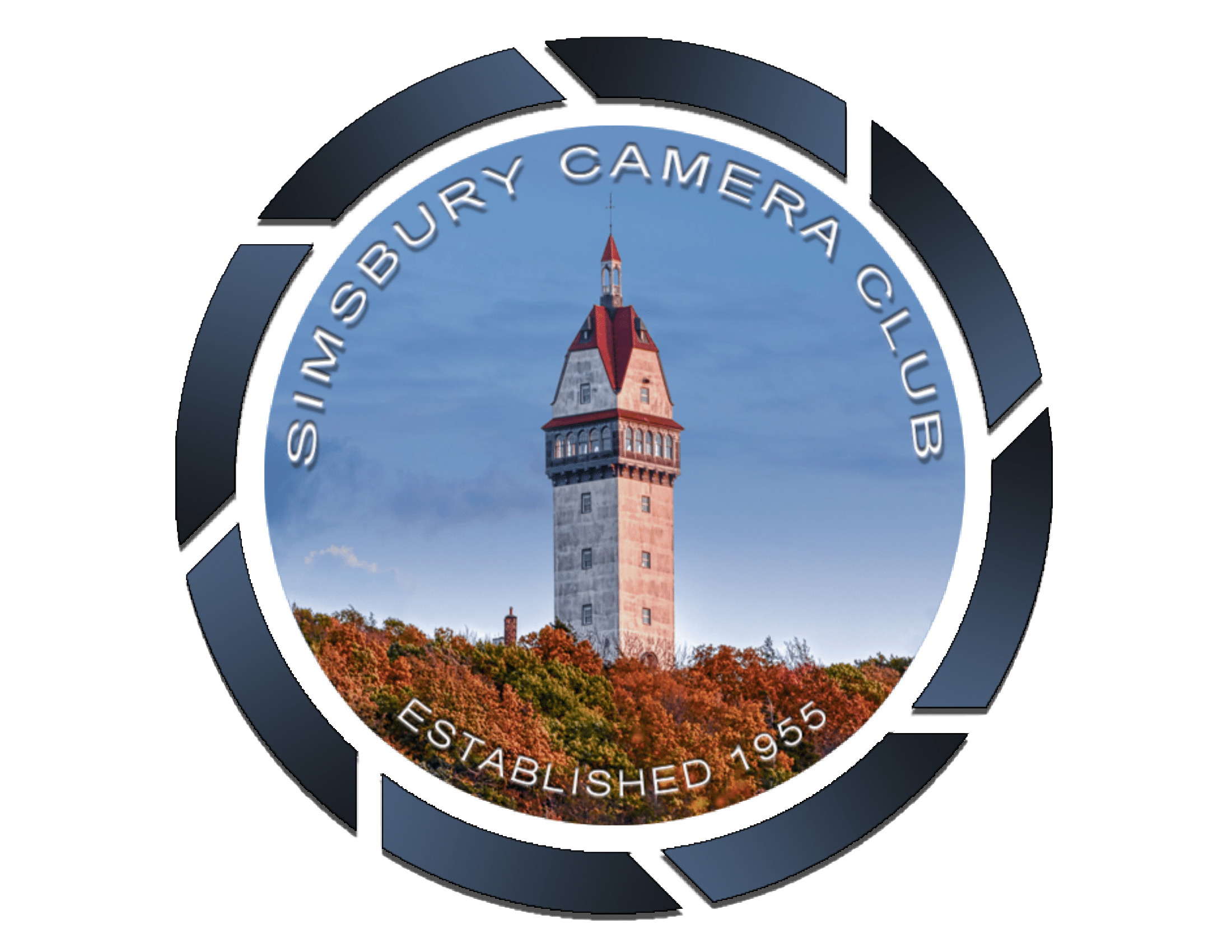Back to Contest Categories List
Open (Regular)
Maximum can submit 2 images
For the OPEN category, the Simsbury Camera Club uses the rules from the NECCC Pictorial category.
REFERENCED FROM: NECCC Projected Image Interclub Competition Rules
NECCC Pictorial (Open) Category (cut and pasted from the NECCC website)
REFERENCED FROM: NECCC Projected Image Interclub Competition Rules
NECCC Pictorial (Open) Category (cut and pasted from the NECCC website)
Pictorial (Open) Category Restrictions Keep in mind that NECCC-sponsored pictorial competitions are intended for photographers, not Photoshop (or other editing program) illustrators. We recognize, however, that part of the attraction and fun of digital photography is the ability to alter the pictures captured by the camera, but the emphasis should be on displaying your photographs to best advantage either naturally or after manipulation (even extensive manipulation) for creative effects.
The Pictorial category is open. That means that all subject types as well as a variety of different techniques (both in camera and computer manipulation) may be entered. However, remember that we have a diverse membership so please be sure that all photographs are in good taste.
The major part of each image must have been captured by light sensitivity, either digitally or on film. Slides or negatives may be scanned (by the photographer or commercially) for entry into the competition. Once captured or scanned, photographs may be modified using digital image editing programs. A scanner may also be used as a camera to capture photographs of objects placed on the scanner glass.
Entries may display a realistic rendition of the subject(s) or be creative, having been manipulated using in camera techniques before scanning or using a digital image editing program. The judges will be asked to judge the photographs for overall photographic quality and interest, not the amount of manipulation required to achieve the effect.
Composite photographs are acceptable in the pictorial category as long as all elements included are the entering photographer’s own work. Commercial clip art, commercially available textures, parts of commercial photographic collections, or the work of another photographer may not be included. Artwork or computer graphics created by the photographer may be incorporated as long as the photographic content predominates.
Keep in mind that adding elements such as clouds, moons, frames, or fractals generated by image editing programs, plug-ins, or other software is considered the same as using commercial clip art and, thus, is not allowed. However, clouds, frames, or moons photographed or drawn by the photographer may be combined with other photographs.
In this context, work of the maker means that the work does not include any material copyrighted by others or commercial clip art elements, including borders, graphics, or photographs. Use of filters, such as those in Photoshop or third-party plug-ins such as those by NIK or TOPAZ to create or modify such elements are allowed and is not considered a violation of this ethics statement. However, when using plug-ins such as Topaz Textures any texture applied by the software must be one taken by the photographer; textures supplied with this plug-in are copyrighted by Topaz or other photographers who supplied them.
We recognize that the line between your own digital art and clip art is a gray one in many cases. A good rule to follow is that anything that changes an element you drew or photographed is allowed, but any action that adds an element other than from of one of your own photographs, drawings, or digital art probably is not. Note that adding a mat or frame using the image editors drawing capabilities will normally be considered digital art by the maker and, thus, is allowed.
